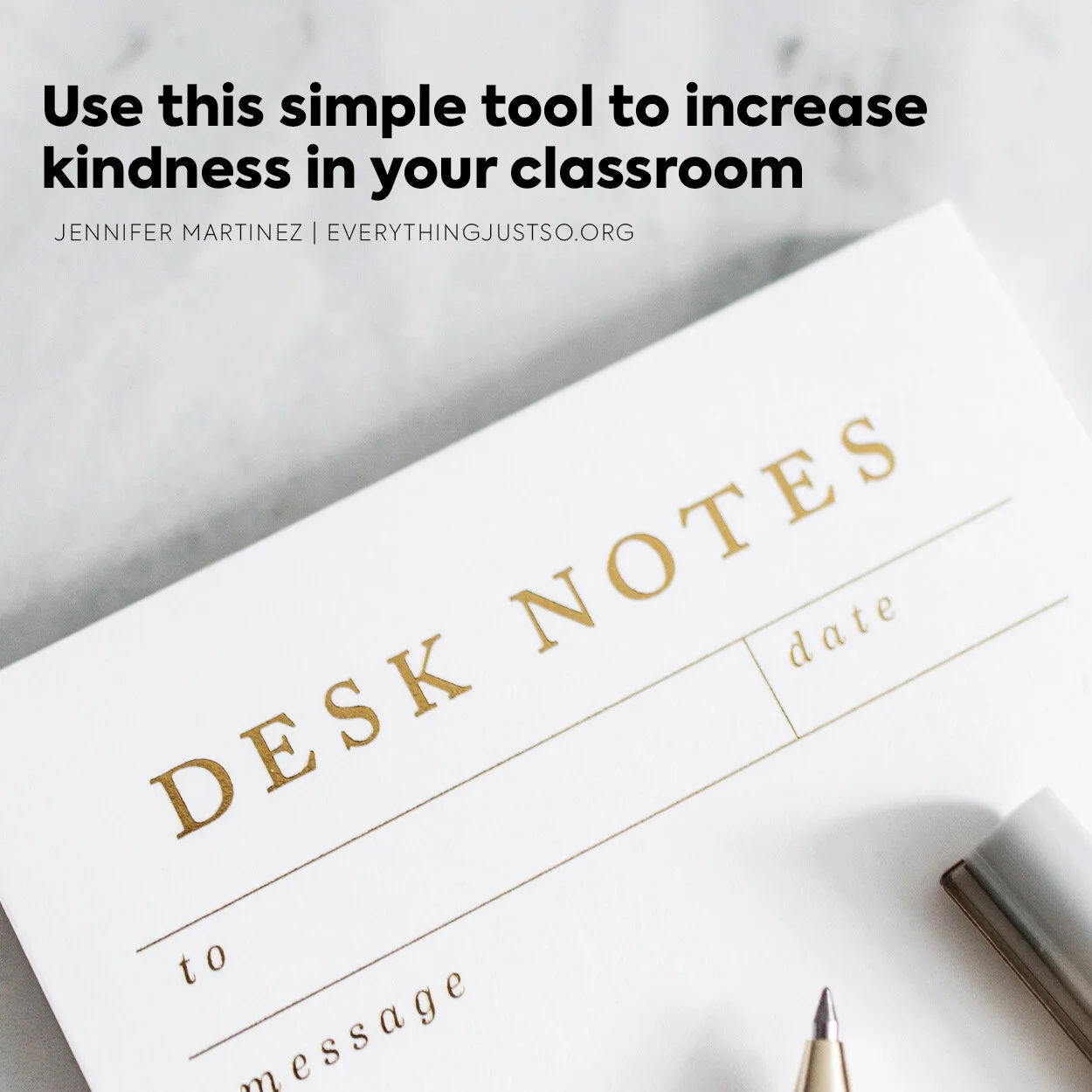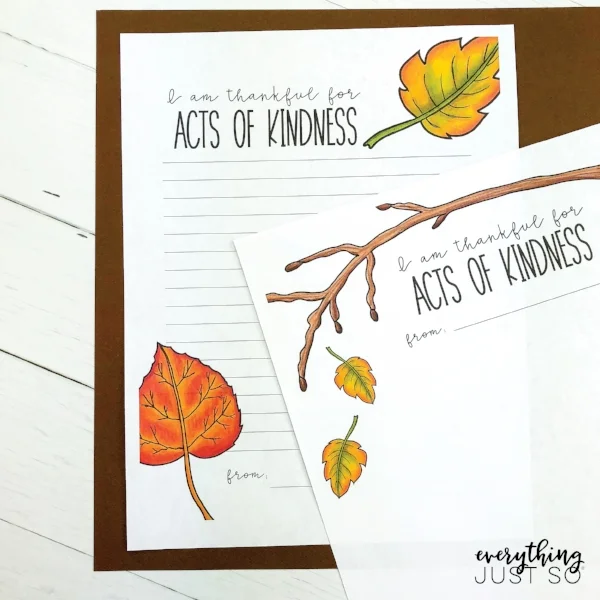One Simple Exercise for Teaching Students to be Thankful
I’m a firm believer in educating the whole child - not just teaching a student to read, write, and solve math problems. As adults (both those in the classroom and those at home), we have a responsibility to teach children basic character skills such as kindness, mindfulness, and thankfulness.
The task of teaching character education can seem daunting when there are so many other things to do in a school day.
However, I’ve found a simple way to teach the interconnected skills of kindness, mindfulness, and thankfulness in a simple and meaningful way.
Learn a simple way to teach these skills once and put it on repeat all year long.
This blog contains affiliate links, which means I earn a small amount should you make a purchase using one of the links at no extra cost to you. The earnings help cover the cost of this site.
Teaching Mindfulness by Being Thankful for Kindness
First, dedicate a short time over a one or two day period to complete this simple exercise. Guide students to think of a time when someone has shown kindness to them. To get students thinking, share examples from your own experience or read from a mentor text.
Teach students that acts of kindness come in all sizes. Many times we overlook, or take for granted, kindness shown to us every day. Kindness can be as simple as giving someone a pencil when they need it. But it can also mean standing up for someone who is being bullied.
There are all kinds of ways to be kind.
Ask students to spend a few minutes writing notes about a time when someone showed them kindness, detailing as much as possible about the act itself.
Then, ask students to write how that act made them feel. Again, you can share an example from your own experience or how a character felt in a book. Give them time to reflect on the feelings they experienced and write as much as they can about it.
Typically during any writing activity, I have students share their ideas with a partner. I’ve found that this not only helps them process their ideas, but also organize their thoughts. This would be a good time to have students talk to someone near them to describe their experience and how it made them feel.
When finished, have students write a thank you note to the person who showed them kindness. Rather than a simple “thank you,” encourage students to write as detailed a note as possible so that the person understands how the act impacted them. Allow time to deliver notes in class or put away to take home.
This seems like such a simple process - and it is. But, just like learning any other skill, starting small typically leads to success. And in order to become a habit, it must be repeated often.
Don’t let the mindful exercise of giving thanks for kindness end at Thanksgiving. Provide students with time at the end of every month to repeat this activity. Make it a monthly routine where they reflect upon ways others have shown kindness during that month and then give thanks for it.
Not only will they begin looking for these acts (if only because they know they’ll have to write about it at the end of the month), but they’ll also develop an attitude of gratefulness that will lead them to be more kind in return.
I’D LOVE TO HEAR FROM YOU:
I’ve included a free sample of my November Thankfulness of Kindness writing resource in The Treasury. You can find the complete resource here. You can find additional monthly resources here. Need examples of mentor texts for this lesson? I’ll share some of my favorites in the next post.
If you have other book recommendations, leave them below!
Click the image below to save these ideas for later…







